Combating Food Insecurity with Indiana State University’s DAT Program
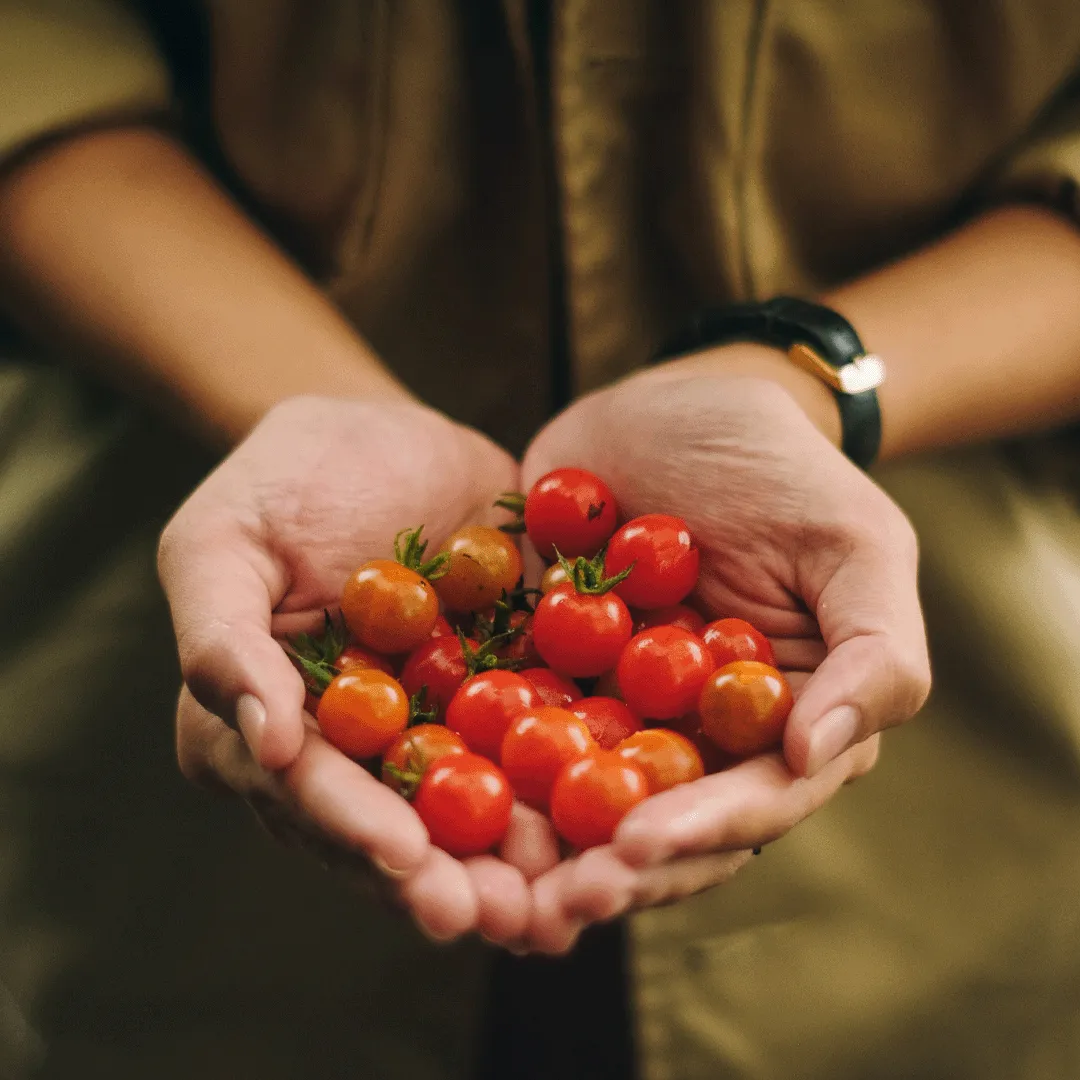
When you hear the phrase “Food Insecurity”, what comes to mind? What population do you think of first? And how are they impacted?
Check out the latest blog, Combating Food Insecurity with Indiana State University’s DAT Program from our partners at ISU (Where Go4 account-holders can get their DAT at the in-state tuition rate–See here!) to learn about how food insecurity affects people and how they work to combat the issue in their community.
Shoutout and grateful as always to be working with the incredible team at ISU led by Dr. Lindsey Eberman and Dr. Justin Young.
Food insecurity is the condition of not having access to sufficient food, in quality or quantity, to meet one’s basic needs. Food insecurity is a significant issue in Terre Haute, Indiana. Many families struggle to access nutritious food. According to Feeding America’s “Map the Meal Gap” study (click here), more than 13.9% of the population in Vigo County is food insecure, higher than the state average of 10.7%. Children in Vigo County experience a food insecurity rate at a starting rate of 17.5%.
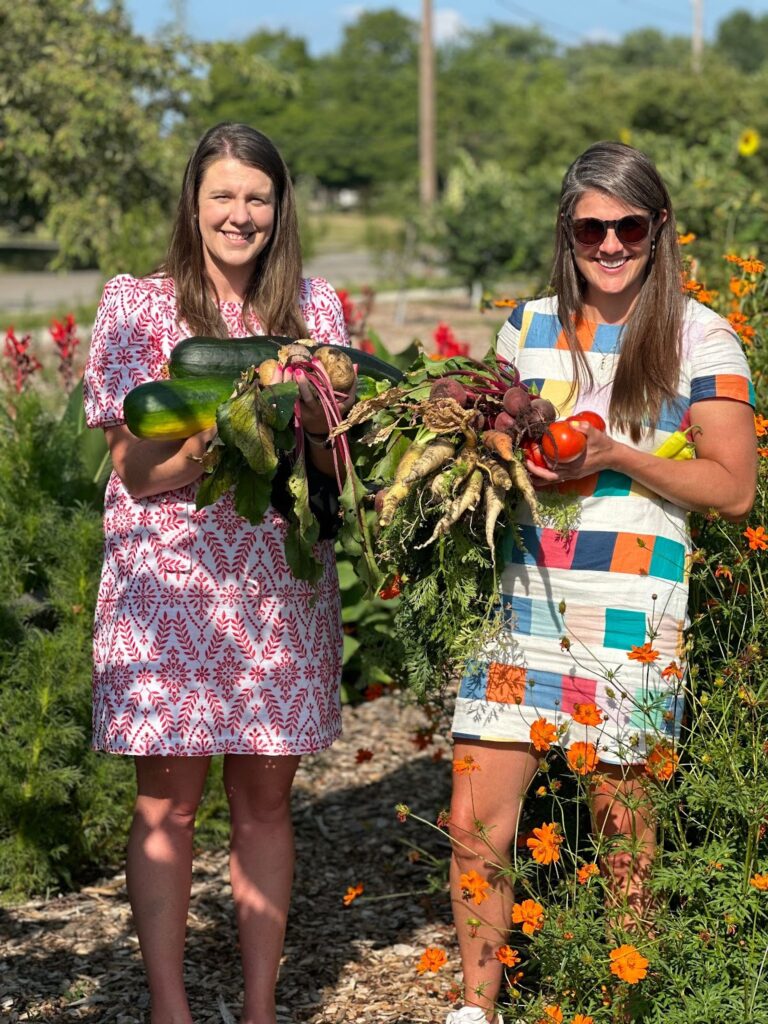
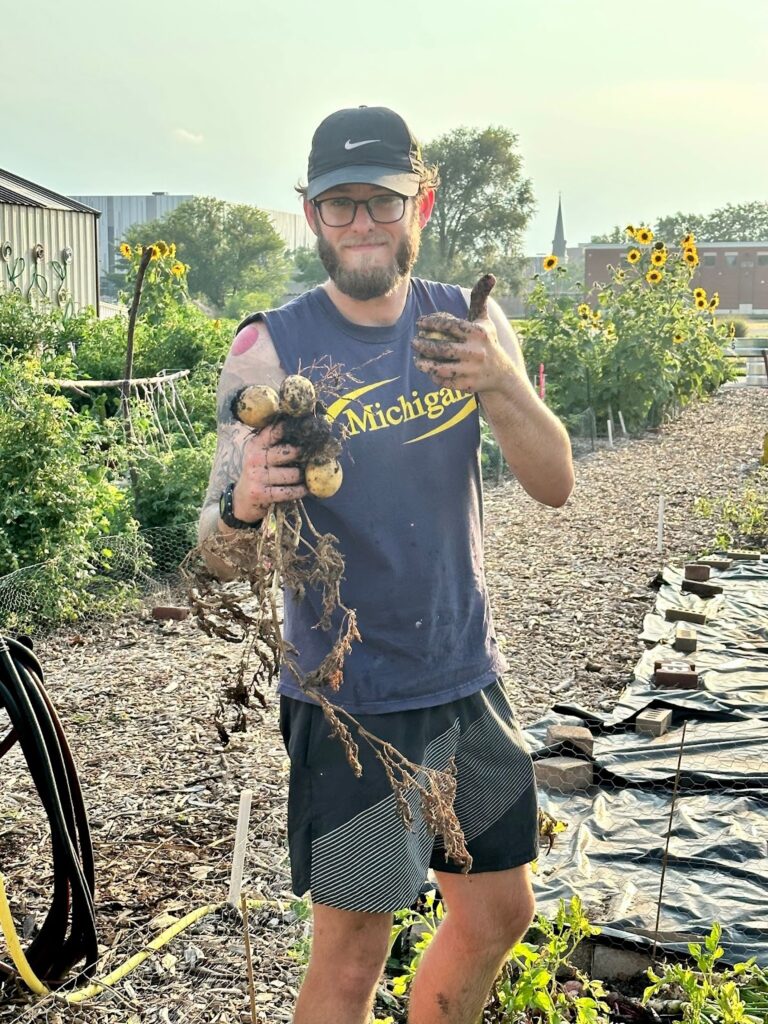
Food insecurity has a range of negative impacts on individuals and communities. It can lead to poor health outcomes; including higher obesity, diabetes, and other diet-related illnesses. It can also affect academic performance. Children who experience hunger are more likely to struggle in school.
Additionally, food insecurity perpetuates cycles of poverty, making it more difficult for individuals and families to achieve economic stability.
Since June of 2021, the Indiana State University Doctorate in Athletic Training program has focused its community engagement efforts on addressing food insecurity in the state of Indiana. We first served the Teeter Retreat and Organic Farm, planting over 200 trees that will feed the over 40,000 food insecure individuals in Hamilton County, Indiana. As we moved our initial on-campus program experience, Camp DAT, closer to campus, we have shifted our focus to the Indiana State University Community Garden project.
The ISU Community Garden aims to provide fresh, healthy produce to members of the Terre Haute community who are food insecure. The garden is located on the Indiana State University campus and is maintained by university and community volunteers.
The garden provides a range of benefits to the local community. First and foremost, it helps to address the issue of food insecurity by providing donations of free produce to those in need. The garden also serves as a community space to learn about gardening, healthy eating, and sustainable agriculture practices. The garden hosts various events throughout the year, including workshops, cooking demonstrations, and community meals, which help build connections between community members.
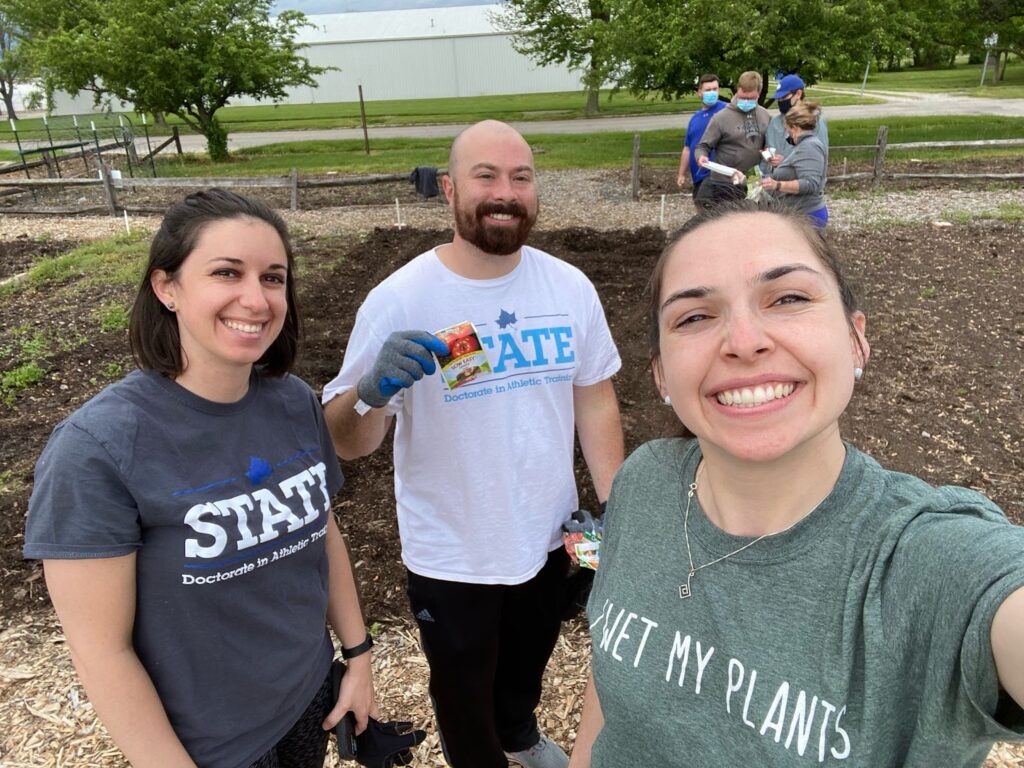
Members of the Indiana State DAT have their own 20’x20’ plot that has donated almost 250 pounds of produce to the Terre Haute community. Each year, first year students sow the plot in preparation for second year students who plan and seed the plot for the summer ahead (April/May). A month later, the incoming students engage in community service to support the overall Community Garden, weeding, watering, laying wood chips for walkways, planting trees, and supporting other gardeners. The program faculty and staff oversee and maintain the garden throughout the summer months. On occasion, we get a little help from our affiliate faculty, who are master gardeners’ themselves.
Food insecurity in America is a real and pervasive issue that can be addressed with focused time and energy. In athletic training, we often get frustrated when patients are not nutritionally conscious. We know, through our training, that healthy food leads to an ideal healing and training environment. However, it is more likely that patients are not well equipped through the knowledge, skills, or access to healthy food over the course of their lifetime to engage in healthy eating habits. Gardening is just one way athletic trainers could help address food insecurity, but teaching cooking or meal preparation, or ensuring there are healthy snacks near the athletic training facility are other ways, as well. How can you build connections with members in your community? How can you address food insecurity in your patient population?
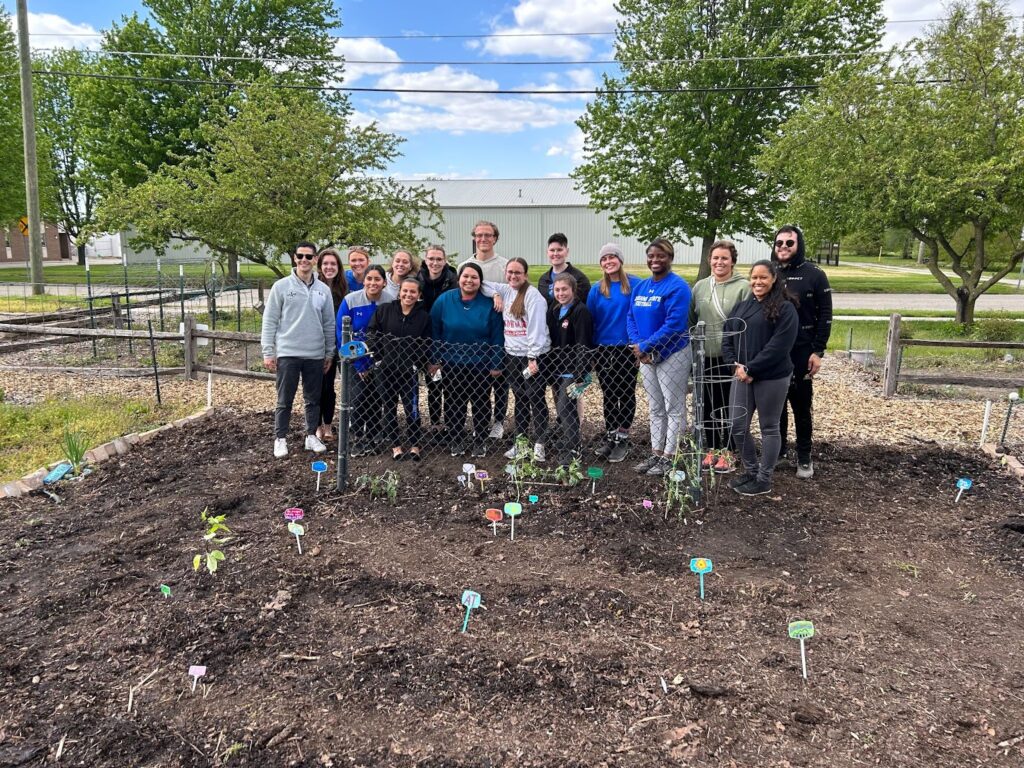
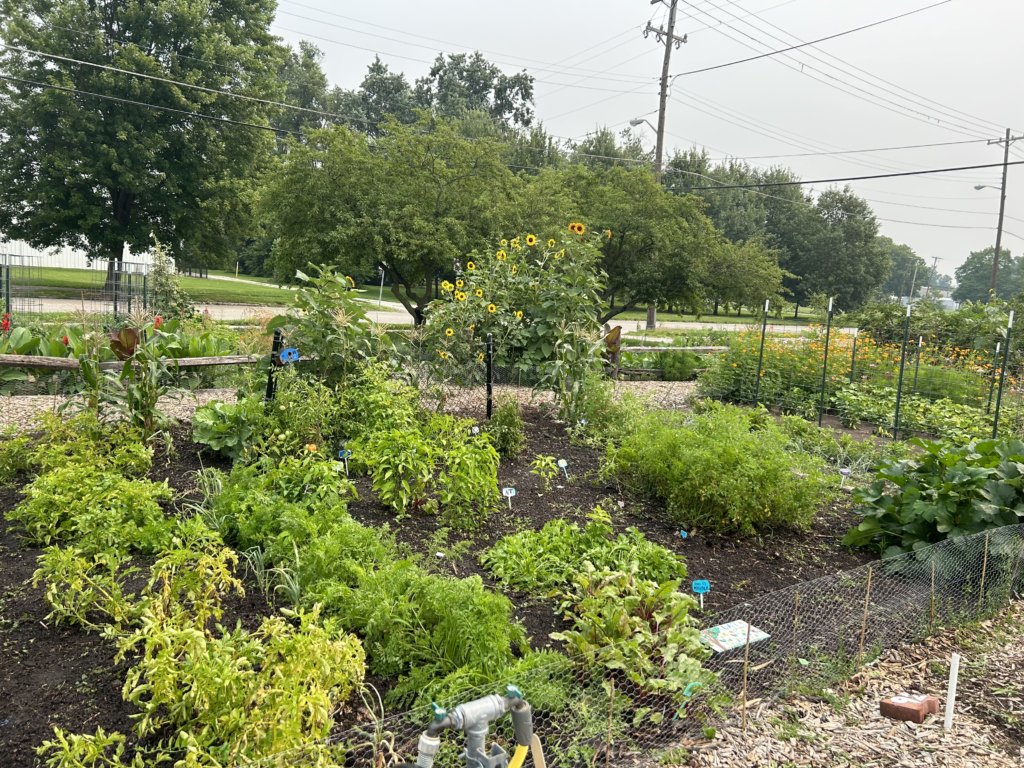
See if you qualify for in-state tuition and other perks through Go4’s preferred partnership program.
Interested in your DAT?
Are you an Athletic Trainer?
Join us!
From per diem shifts to full-time opportunities, AT resources, PLI, a free EMR and more, Go4 is the essential AT app. Sign up now!
"*" indicates required fields
Other articles you might like

What’s the deal with Standing Orders?
How do I get standing orders as an athletic trainer? Q: What are standing orders? A: Standing orders, aka medical protocols, establish the scope of practice for an athletic trainer. Under the direction of a physician, they are an overview of the specific skills that the AT is legally able…

AT Spotlight: Thomas Obergefell, Athletic Training from the Dugout
Name: Thomas Obergefell, MS, ATC, LAT Nickname: T.J. Alma…

Middle School / High School / College / Any School EMR – The Importance of Documentation
Go4’s in-app Electronic Medical Record We all know the reasons why it’s important to thoroughly document, but incase you forgot, here they are:…